5 Years and Counting - The App Store Then and Now
Over one million apps have made their way onto the App Store during its five years of existence. A million. That's a pretty miraculous number when you think about it. However it's not the amount of apps we have to pick from that I find so fascinating, but rather just how much things have changed since 2008. Pickings were comparatively slim at first, and many developers were just starting to dip a toe in the waters of Apple's new smartphone.
On top of that, the technology itself has changed tremendously in a relatively small amount of time. It makes me wonder if anyone from 2008 would even recognize current iOS devices, and by extension the App Store. Would a newer Apple initiate have any idea what they were looking at if they somehow managed to take a trip to five years ago? I think it warrants a look at how the hardware, the App Store, and the apps contained within it have evolved.
2008 - The Beginning of the Beginning
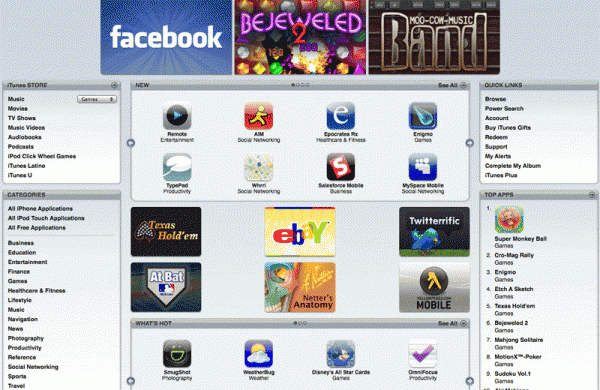
Handy apps like Pandora Radio, Last.FM, Facebook, and Yelp were to be expected, but that didn't make them any less impressive to have on a handheld platform. Others such as the intuitive personal organizer Evernote, the eerily accurate song-identifying app Shazam, eWallet’s convenient and secure account password management, and MLB At Bat with its extensive baseball coverage further capitalized on the particulars of the hardware and its general portability. Of course there were also some pretty unnecessary options out there, too. Flashlight kind of served a purpose but was also fairly pointless. It wasn't as bad as stuff like More Cowbell!, though.
At the same time, the games available on the App Store were beginning to show people that "mobile" didn't have to equal "mediocre." Sure there were a few simple ports of the odd classic such as Ms. PAC-MAN, Vay, and Scrabble, but there were also some impressive iOS renditions of popular console games like Super Monkey Ball coming out. Potential mobile gamers also had a few really special titles such as Galcon and Fieldrunners to tide them over. When all was said and done there were over 7,500 apps on the App Store by the end of the year, with more being added every day.
2009 - Moving Right Along

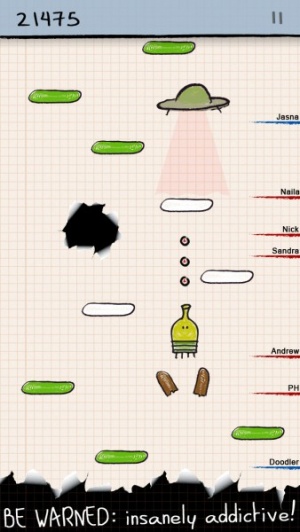
Many of the basic smartphone necessities were covered, but there was room for so much more. Especially while the technology was improving. Plenty of people used their iPhones as phones, sure, but with the addition of Skype they were able to enjoy the added functionality of instant messaging and voice chat without cutting into their data plans (so long as a wifi connection was present). Big companies were really starting to take notice as well. That same year Starbucks and many other big businesses threw their virtual hats into the ring with their own apps designed to make life a little bit easier for their iOS-using customers. Practicality was also becoming an even bigger focus. The Kindle app gave iOS users a practical e-reading option, and Dropbox was there being Dropbox. By which I mean "an awesome and super-convenient way to transfer files between multiple platforms." And this same level of refinement could be seen creeping into the games as well.
So many of the App Store's most notable games and franchises came out around this time. It was almost a mobile rennaisence of a sort. This was the year Real Racing first blew mobile gamers' minds, even causing some of them to question the legitimacy of in-game video footage until they were able to see the finished product for themselves. Zenonia was just a fledgling action RPG at the time, and while a lot of people liked it I doubt they knew just how many sequels it would spawn. The same goes for Pocket God, although with updates rather than multiple releases. Flight Control began to eat away at peoples' free time, Angry Birds and Doodle Jump hit it big (like, super big), and Myst and The Sims 3 further displayed the potential for major releases on mobile platforms. Oh, and Canabalt almost single-handedly invented and popularized a genre.
2010 - There Might Be Something to This

Robot Unicorn Attack, Cut the Rope, Fruit Ninja, Tilt to Live, Plants vs. Zombies, and Game Dev Story were putting further strain on a market already crowded with quality time-devouring games. Meanwhile the more hardcore crowd had things like Final Fantasy, Chaos Rings, Aralon: Sword and Shadow, Grand Theft Auto: Chinatown Wars, Street Fighter IV, Real Racing 2, and the visually mind-blowing Infinity Blade to keep them occupied as well as emphasize the legitimacy of iOS gaming.
The app front was also progressing quite well. Netflix made watching streaming movies and tv shows on iPad and iPhones a snap. Flipboard provided a similar media service, only instead of a personal streaming video library it offered users their own personal newsstand. Instagram turned digital photography into a mobile sub-culture. Camera+ with its plethora of filter options and simple editing tools certainly didn't hurt things. And then WordLens came along and made iOS cameras even more practical by allowing users to translate images of written words (i.e. signs) in other languages into something they could understand. Only two years in and we could already watch TV and movies on our phones, visually translate signs in foreign languages, and playing games that were catching up to console and PC games (graphically) at an astounding rate.
2011 - Definitely Here to Stay
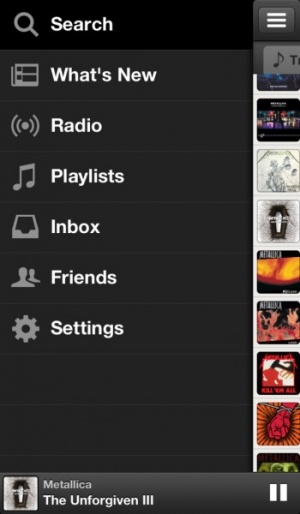
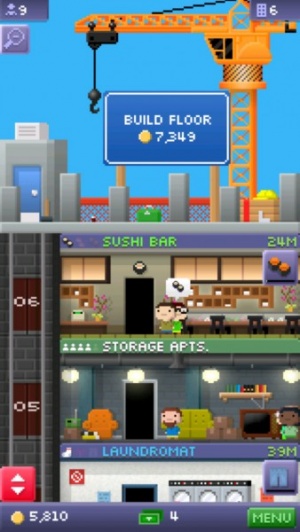
More and more big-name studios were bringing their franchises to iOS. Some were spin-offs designed specifically for iOS such as Dead Space and Monster Hunter: Dynamic Hunting. Others were full-on ports such as Minecraft - Pocket Edition and Grand Theft Auto 3. Okay so Minecraft wasn’t really a port when it first came out but it’s been getting a lot closer to the PC version ever since. This was also a great year for the unexpected. Tiny Wings came out of nowhere and captured the hearts of many an iOS gamer. Meanwhile Tiny Tower charmed its way to fame without having to resort to questionable freemium tactics.
It wasn’t just the games that were getting more impressive, either. GarageBand made its mobile debut; allowing iOS users the opportunity to edit and create their own music on the go. Then there was Spotify, the music streaming service with an absolutely massive library that worked both online and off. And let’s not forget how Pinterest, and pretty much all other forms social media, were fast becoming synonymous with all things mobile.
2012 - No, Really, There’s an App for That
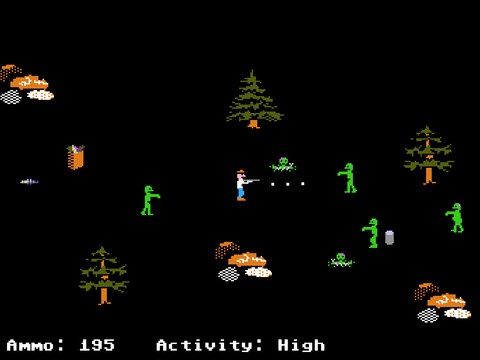
A number of impressive and seemingly improbable apps were still being churned out at a steady pace. iTranslate Voice, boon to world travelers everywhere, was remarkably accurate (and useful). Chrome offered a decent alternative to the default Safari app, complete with account syncing that could share tabs, preferences, and so on with its PC counterpart. There was also Sparrow as a worthwhile alternative to Mail, and Climate Clock was one of those “so simple I can’t believe no ont thought of it before” kind of weather apps.
All the while more and more ports of games that were previously impossible to imagine on mobile devices were bombarding the App Store. Bastion was an impressive action RPG that nobody expected to be able to play on their iOS devices. The same goes for the heart-wrenching adventure that is Walking Dead: The Game. Heck, The World Ends With You: Solo Remix was actually an enhanced port from the DS. Then there were all the fantastic original games like Punch Quest, Organ Trail: Director’s Cut, Horn, and one of my personal favorites; Spaceteam.
2013 - Nowhere to Go but Up
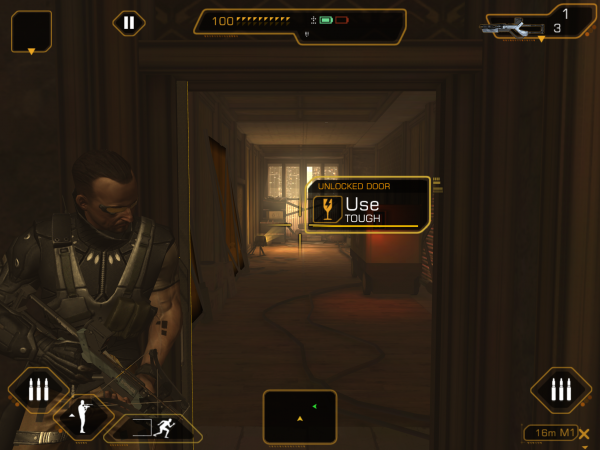
It all began with a few entertaining casual games and an impressive console adaptation or two. Now we can play games like XCOM: Enemy Unknown, Star Wars: Knights of the Old Republic, LIMBO, and Deus Ex: The Fall that are pretty much spot-on ports (gameplay-wise) of their console brethren. Other titles like Real Racing 3 and Warhammer Quest further round out an already amazing year by supplying console-quality experiences that are still unique to iOS.
The apps have seen a similar amount of refinement over the years. While many of those available in 2008 were useful, and many of them continue to occupy most iOS devices to this day, there are some even more impressive bits of software making the rounds. Write for iPad is fast becoming a major go-to app for any iPad-owning writers. There are multi-use personal organizers like Morning. Photo editing tools have become even more advanced (and prominent) thanks largely to apps like Mextures. Users can even use their device’s camera to quickly scan and convert just about anything into a .pdf document with JetScanner.
Honestly, if anyone told me back in 2008 that in five years I’d be using my iOS device as an all-in-one portable office, a video/audio editing station, my primary writing platform, and a bona fide gaming console full of both triple-A blockbusters and imaginative indies I’d have been skeptical to say the absolute least. And yet here we are. Now we have devices that are no bigger than a postcard that are more powerful than many of the computers that were available only a few years ago. We can use our phones to find just about anything. We can use them to make just about anything, too. And the most exciting thing about all of this is that everything is still moving forward. If it’s changed this much in the last five years, just imagine what the next five years will bring.


